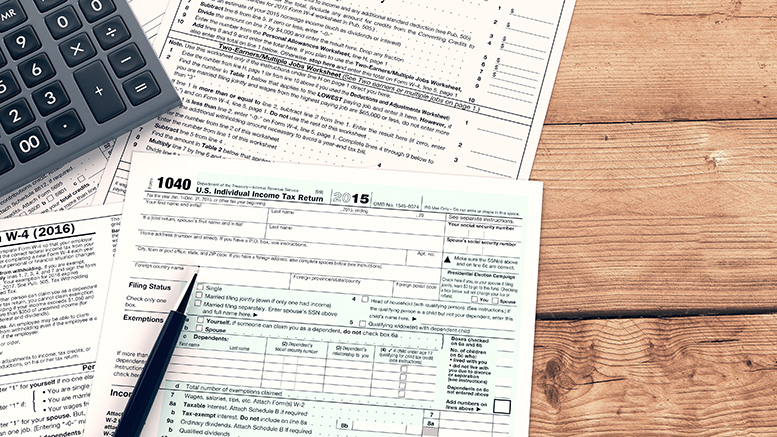The cost of tax deductions that previous research has shown disproportionately help wealthier families pay for college continues to outpace what the federal government spends on grants for low-income students, a new study points out.
The total amount of tax credits has increased 13-fold since 1990, when adjusted for inflation, and reached $34.5 billion in 2014, the last year for which the figures are available, according to the study by the Pew Charitable Trusts.
That’s $4.1 billion more than went to the government’s Pell Grant program to help low-income students pay for college.
Earlier research by the Tax Policy Center has shown that half of the $20 billion a year provided under the principal tax deduction, the American Opportunity Tax Credit, go to families earning between $100,000 and $180,000 a year, almost all of whom would have sent their children to college even without them.
The program provides a tax break of up to $2,500 per undergraduate, per year, toward the cost of college expenses.
Another nearly $2 billion in tax credits were applied to investment earnings from so-called 529 college savings plans, Pew found. Only one in 10 families that earn less than $50,000 knows about 529 plans, a survey by the investment firm Edward Jones found. *
These are among several ways federal, state and institutional financial aid and even private scholarships flow toward wealthier Americans.
A quarter of the students who get federal work-study jobs, for example, come from families whose annual income exceeds $80,000, and one in 10 from households with $100,000 in earnings or more, federal data show.
More than $16 billion a year in private scholarships is made available by the likes of fraternal organizations and chambers of commerce, College Board figures show; the U.S. Department of Education reports that more of it goes to students from families that earn $106,000 and up than to those with incomes under $30,000.
Pew also tried to calculate the cost of state-level tax credits for higher-education costs. It found that such credits totaled $167 million in Pennsylvania and $121 million in Massachusetts in 2014; $457 million in New York in 2013; and $443 million in California in 2012. All were the most recent years for which the figures were available.
This article comes from The Hechinger Report, a nonprofit, independent news organization focused on inequality and innovation in education. It is reprinted with permission.

